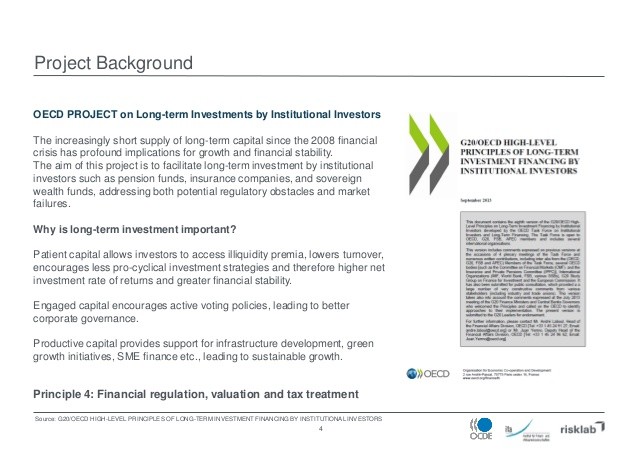Strategies of Short Term Investments
Post on: 28 Март, 2015 No Comment

Strategies of Short Term Investments
Many traders make a combination of short term investments and long term investments, for a portfolio that is balanced. Strategies for short term investments can vary depending on the trader, but there are several common short term investment strategies that may be used by the majority of traders and investors. These include buying on margin, selling short, momentum investing, and day trading among others. Even short term investments can have long term results, and short term investments should be based on the assessment by the investor of what market conditions will be like in the next couple of days or weeks. Short term investments are generally not purchased with the intention of holding them long term, rather they are a vehicle to short term profits for the investor.
Buying on Margin
Buying on margin is one strategy for short term investments. Buying on margin involves setting up a margin account with a broker. This usually requires a deposit, normally a minimum of two thousand dollars in either stocks, bonds, or cash, to open an account. When the margin account is used to buy stocks, the account holder can choose to put up some of their own money and borrow the balance of the purchase price, normally up to fifty percent of the total purchase price, from the broker by using the margin account. The amount borrowed from the broker is a margin loan, and interest is charged on this type of loan. If the market price for the stock increases the investor sells the stock, pays off the margin loan plus any interest as well as fees charged by the broker, and keeps the balance as profit. This strategy for short term investments can pay off well when it is successful, but when it is not it can be quite costly. If the stock price drops instead of increasing, a lot of money can be lost. This loan is also subject to a margin call, and this occurs when the market value of the stock drops by a specific amount. The broker will issue a margin call to the account holder, and the account holder must add the amount needed to bring the account up to the minimum value level. Because borrowed money is used, losses can be greater than if no borrowed money is used. The account equity is the difference between the margin loan amount and the stock market value. This strategy can be risky, and if a margin call is not met the broker may liquidate the account which could lead to major losses.
Selling short is another strategy for short term investments. This strategy involves borrowing shares of stock from a broker for a specific time period and selling them, with the expectation that the market value of the stock will go down. If the price decreases, the investor buys back an equal number of shares and repays the broker, with the difference between the selling price and purchase price the amount of profit made on the trade. There is also interest and commissions charged, and these are deducted to calculate any profit made. This strategy can be risky, because the value and price of the stocks may rise instead of decrease as expected. When this happens the investor must buy back shares at a higher cost to cover the short position, as well as pay commissions and interest. This can result in enormous losses for the investor.
Momentum Investing
Momentum investing is a third strategy commonly used for short term investments. In this strategy, investors buy stocks based on the rising market value, instead of on solid principals such as underlying company strengths for a specific stock or solid growth that are normally the principles of long term investment strategies. Momentum investing is done to make a short term profit based on the rising market values and the expectation by investors that these values will continue to rise in the short term. This strategy can be risky as well, because it is impossible to predict the market future completely.














